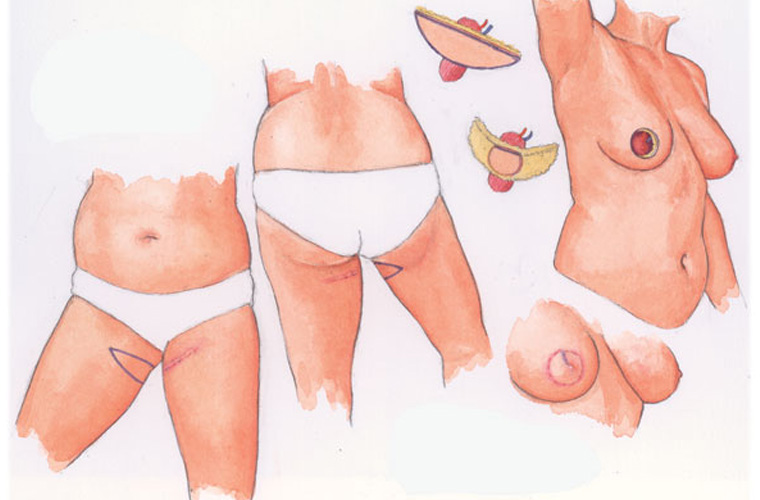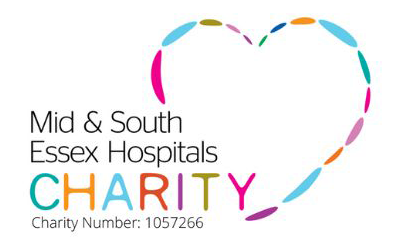TUG Flap
The Transverse Upper Gracilis (TUG Flap) is the transfer of autologous (own tissue) to make a breast mound after a mastectomy.
The breast is reconstructed using part of the Gracilis muscle. It uses the skin, fat, muscle and blood vessels from your upper inner thigh, the blood vessels attached to the muscle and some of the skin overlying it. The tissue which is moved is called a FLAP.
Using micro-vascular surgery the vessels are attached to either the internal mammary (on the chest wall) or thoracodorsal vessels (in the armpit), when the tissue is moved from the leg to the breast. The TUG can be performed at the time of your mastectomy (an immediate reconstruction) or a period of months or years after your mastectomy (a delayed reconstruction).
You have a gracilis muscle in both legs, situated in the inner aspect of your upper thighs. The muscle normally works to move the hip, assisting the movement of bringing the legs together. Despite the fact that the muscle is moved to your chest to make a new breast, your leg movements and walking should not be affected in the long term. The remaining muscles will strengthen to compensate and carry out the same function.
The TUG gives a good cosmetic result. To give your breast more volume your surgeon may place a tissue expander or breast implant underneath the flap. If appropriate this will have been discussed with you prior to your operation.
In patients who do not have enough abdominal tissue, an alternative option is to use tissue from the upper inner thigh as in the TUG flap. Here a crescent of skin is taken with a portion of the small muscle underneath (gracilis). The crescent of skin can be curved around the muscle to create coned breast and nipple at the same time.This technique is ideal for reconstructing a small volume breast in the slimmer patient but involves even more complex microsurgery than a DIEP flap as the blood vessels are smaller and shorter
Other Procedures
Please go through the information below in your own time to help your understanding of the options available.


